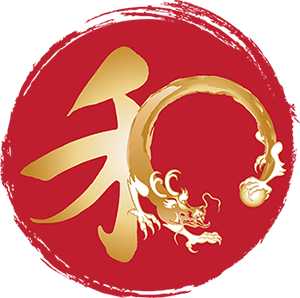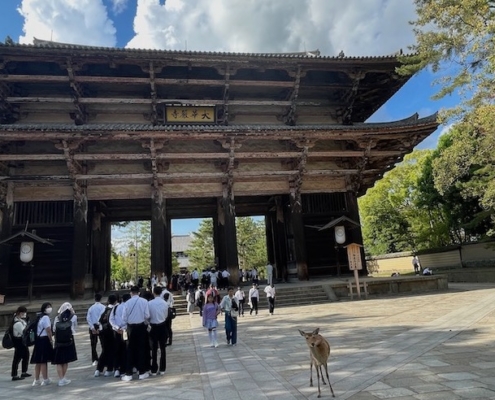
Nara – a story of ancient temples, traditions and …. deer
The first thing that grabs the attention when you enter Nara Park, where the historical sites are is the deer. Nothing can prepare you for the sight of more than 1,000 of them freely roaming the grounds, completely unafraid of people. Believed to be messenger of the gods, the deer are considered sacred. Killing one of these sacred deer was a capital offense up until 1637, the last recorded date of a breach of that law. In present days they are designated as a Natural Monument and are protected as such.
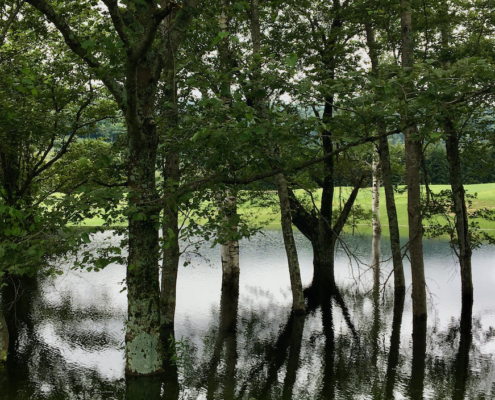
Hokkaido – Japan’s Emerald Island
Summers in Japan are generally hot and humid. There is, however one place that enjoys a very different climate from the rest of the country and that is Hokkaido, Japan's northernmost island. a few years ago our son spent 6 months working on a project in Sapporo, the island's main city, so we combined a visit to see him with sightseeing I had been wanting to do for quite some time.
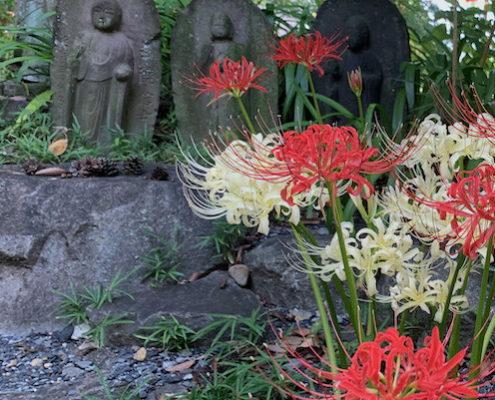
O-Higan – the time when day and night are equal
In the following couple of months, almost daily I would get on my bicycle and head to a temple on my list. These little adventures gave me a great sense of freedom and enjoyment that turned what could have been one of the worst times of my life into one of the best and richest.
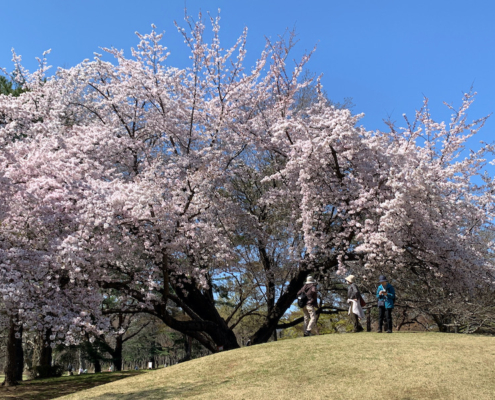
The Magic Of Cherry Blossoms
Sakura trees are different from ordinary cherry trees as they don’t produce fruit but instead have been cultivated over the centuries for their beautiful flowers. The cherry blossoms are considered the unofficial icon of Japan, and the trees are so loved and venerated that they are often given as a precious gift to other countries and symbolize Japan’s spirit and friendship.
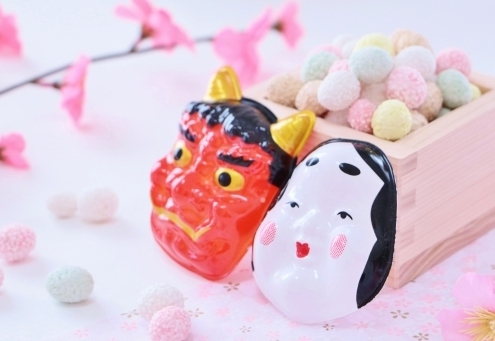
Setsubun – the day dividing the seasons
There are several fun traditions associated with Setsubun with the most popular one being mame-maki, which means throwing beans in Japanese. The period of time surrounding the Setsubun, was thought to bring the spirit world closer to the physical one. Thus, practices like mame-maki became popular. Tossing the beans is symbolic of driving away any evil spirits (Oni in Japanese,) who might have wandered too close to the physical realm.
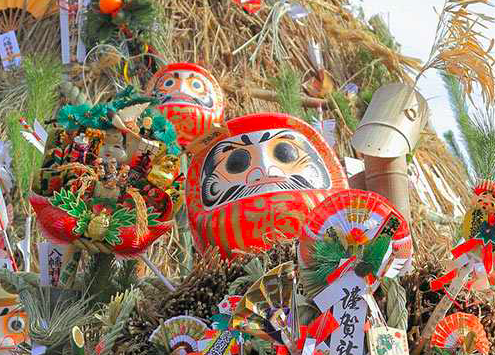
Dondo Yaki – the bonfires ending the New Year
A wonderful aspect of living in an old farming community was that they still faithfully observed their traditions. On the 7th day of January of our first new year there, a Dondo Yaki hut was erected on an empty rice field. The hut had a door and was big enough to have a large group of 10-15 people inside. In the middle of the hut there was a pit for the fire lighting the dark interior of the hut. It was also a place to brew to brew tea and grill Mochi cakes for the various women’s groups that gathered in the hut daily and, in the evenings to warm sake for the men.
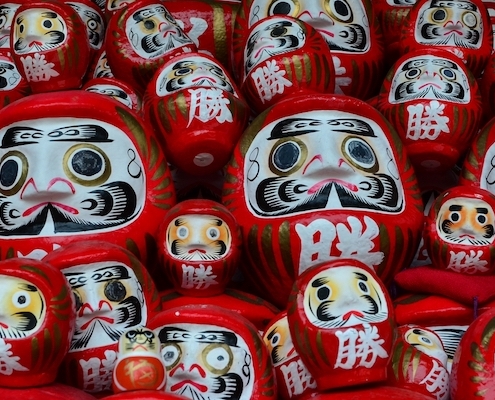
Daruma dolls: just a toy or so much more?
The Daruma dolls are named after Bodhidharma, the Buddhist monk who is traditionally credited for bringing Zen Buddhism to China. The legend says that Bodhidharma was famous among other things for his practice of gazing at walls (the original Zazen.) The legend claims that he sat in meditation for a period 9 years which caused his arms and legs to falls off. The round shape of the Daruma doll is a reflection of that legend. In paintings, Bodhidharma is often depicted as a wide-eyed, profusely bearded person. The same features can be seen on the face of the Daruma dolls too.
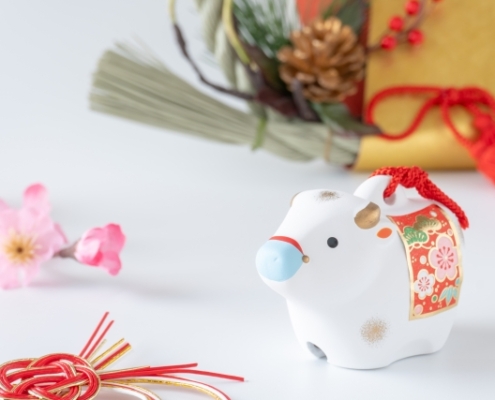
Oshogatsu, the Japanese New Year
The New Year, or O-Shogatsu in Japanese is Japan's most important holiday that comes with its own customs and traditions. Many of these customs have Shinto, Buddhist, or even Feng Shui roots. They are all meant to ensure an auspicious start of the new year and usher health, success, and prosperity into your household.
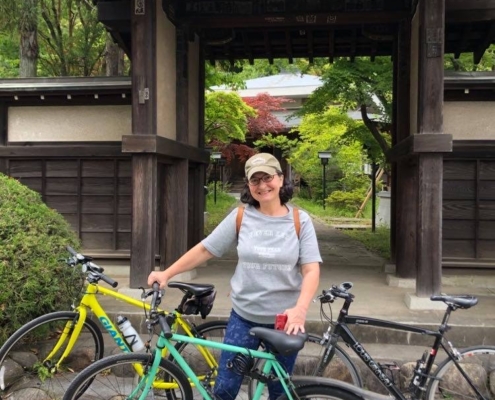
Stories From The Shinshoji Temple
In the following couple of months, almost daily I would get on my bicycle and head to a temple on my list. These little adventures gave me a great sense of freedom and enjoyment that turned what could have been one of the worst times of my life into one of the best and richest.
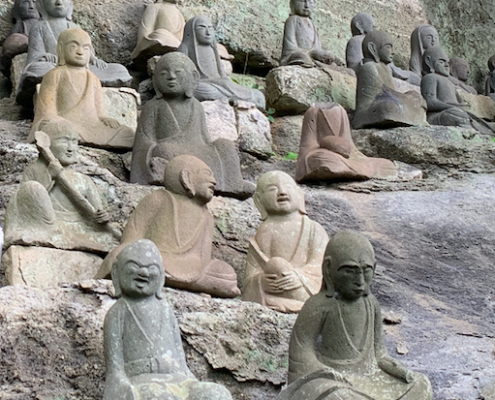
Nihonji Temple: where history, magic and beauty meet
I loved seeing the arhat statues because of their expressive faces – each of had its own character. Some looked lost in meditation, some were serious and others had a dream-like expression. And then there were those who seemed engaged in a lively conversation with their neighbors. The statues felt alive and as if each one had a story to tell I could spend the day listening to.

